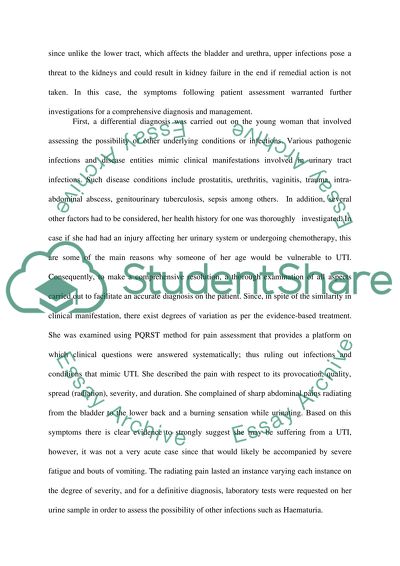Cite this document
(“Young woman with a urinary tract infection and abdo pain Essay”, n.d.)
Retrieved from https://studentshare.org/health-sciences-medicine/1404588-young-woman-with-a-urinary-tract-infection-and
Retrieved from https://studentshare.org/health-sciences-medicine/1404588-young-woman-with-a-urinary-tract-infection-and
(Young Woman With a Urinary Tract Infection and Abdo Pain Essay)
https://studentshare.org/health-sciences-medicine/1404588-young-woman-with-a-urinary-tract-infection-and.
https://studentshare.org/health-sciences-medicine/1404588-young-woman-with-a-urinary-tract-infection-and.
“Young Woman With a Urinary Tract Infection and Abdo Pain Essay”, n.d. https://studentshare.org/health-sciences-medicine/1404588-young-woman-with-a-urinary-tract-infection-and.


